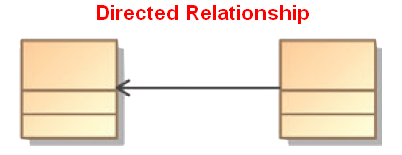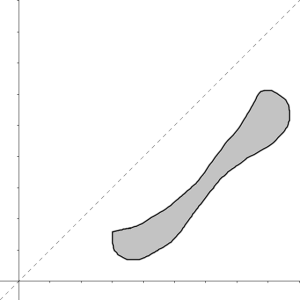About
An asymmetric relation is a type of binary relation that requiers:
- antisymmetry (ie if a is related to b, b is not related to a)
- and irreflexivity (ie an element cannot be related to itself)
Antisymmetry is different from asymmetry because it does not requier irreflexivity, therefore every asymmetric relation is antisymmetric, but the reverse is false.
A relation that is not asymmetric, is symmetric.
A asymmetric relation is an directed relationship .
It's also known as a uni-directional relationship.
Articles Related
Example
- descended from, Tree - Descendant
- links to,
- authored by
Representation
Entity Model
When there is a direction on the association, the relationship is asymmetric.
Set of tuple
A asymmetric relation in the set of {1,2,3} would be the set of tuple
<1,3>
<2,1>
<3,2>
Visual
- An asymmetric relation between x and y (that is antisymmetric and not reflexive)
- Counterexample: An antisymmetric that is not asymmetric because it's reflexive.
- Counterexample: a symmetric relation




